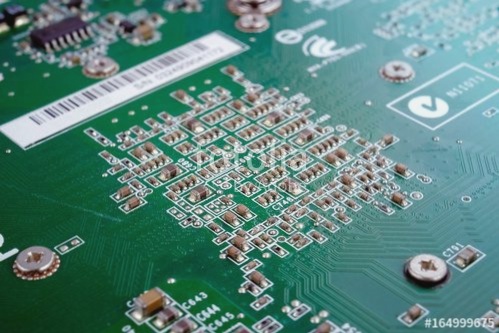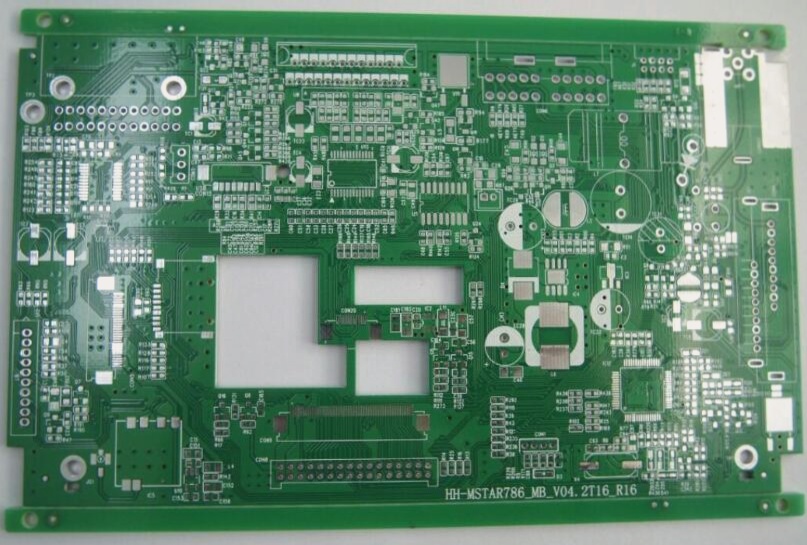Surface Mount Technology (SMT) in PCB Manufacturing
Surface Mount Technology (SMT) revolutionizes PCB manufacturing by placing components directly onto the circuit board surface, offering numerous advantages over traditional through-hole technology.
Origin and Evolution of SMT
In the 1960s, IBM pioneered SMT to develop compact computers for the Saturn rocket’s guidance system. Since then, SMT has undergone continuous refinement and enhancement.
Advantages of SMT:
- Design Flexibility: SMT allows for components on both sides of the board, eliminating drilling needs and restrictions on component placement.
- Size: Smaller components enable more on a single board, crucial for miniaturization and weight reduction demands.
- Double-Sided Installation: Components on both surfaces without drilling needs.
- Quality: Improved placement reliability and alignment correction during soldering.
- Reliability: Less susceptible to failure or shaking due to vibration.
- Manufacturing Speed: Enhances production efficiency and reduces setup time.
- Cost Reduction: Smaller components are often less expensive than through-hole counterparts.
Disadvantages of SMT:
- Mechanical Stress: Not suitable for frequent mechanical stress conditions.
- Joint Size: Smaller solder connections may impact joint reliability.
- High-Power Applications: Large components requiring heat sinking are better suited for through-hole manufacturing.
- Prototyping Challenges: Difficulty in adding or replacing components in densely populated boards.
Application and Future of SMT
SMT has become the standard for electronic equipment, prevalent in consumer products, automobiles, and computers, offering reliability, size reduction, light weight, and lower manufacturing costs. Design for Manufacturing (DFM) software tools and industry standards further enhance manufacturing efficiency and ensure stable quality PCBs through automated processes.



